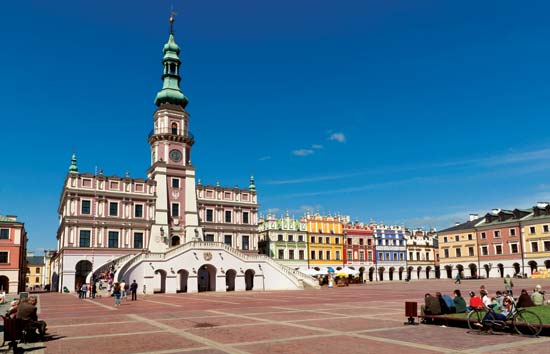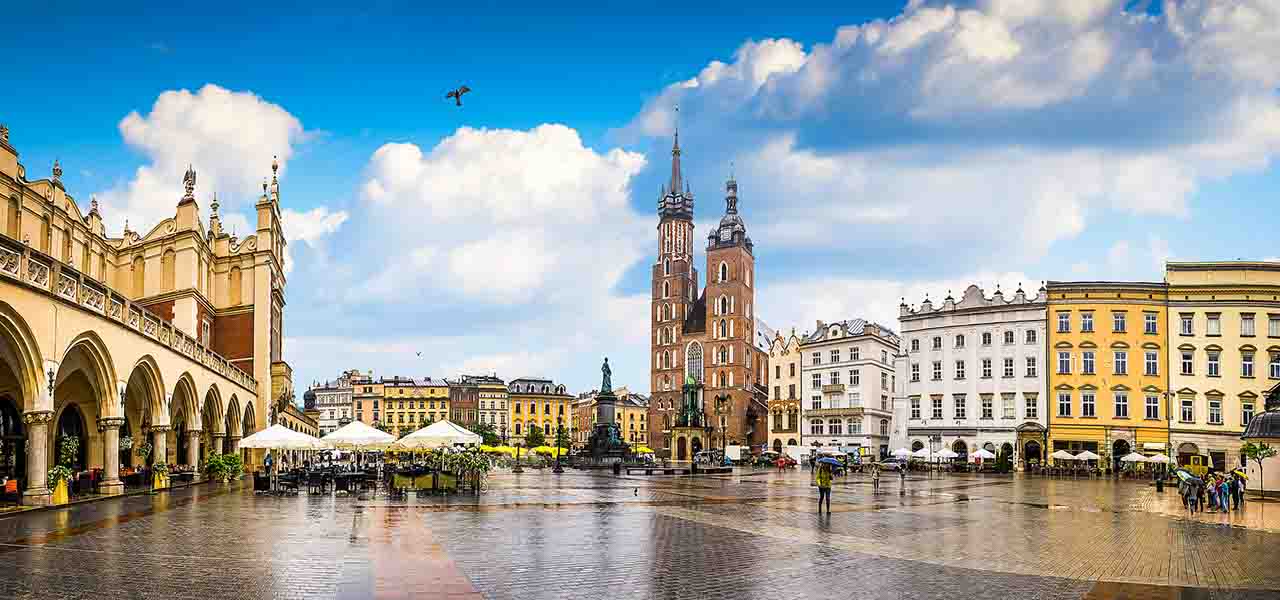Here is a quick look at some of the places you’ll be visiting on your program!
Munich, Germany

The natural habitat of well-heeled power dressers and Lederhosen-clad thigh-slappers, Mediterranean-style street cafes and Mitteleuropa beer halls, highbrow art and high-tech industry, Germany’s unofficial southern capital is a flourishing success story that revels in its own contradictions. If you’re looking for Alpine clichés, they’re all here, but the Bavarian metropolis has many an unexpected card down its Dirndl.
But whatever else this city is, it’s popular. Statistics show Munich is enticing more visitors than ever, especially in summer and during Oktoberfest, when the entire planet seems to arrive to toast the town.
Read more about Munich on Lonely Planet!
Lviv, Ukraine

If you’ve done time in any other region of Ukraine, Lviv will come as shock. Mysterious and architecturally lovely, this Unesco World Heritage Site is the country’s least Soviet and exudes the same authentic Central European charm as pre-tourism Prague or Kraków once did. Its quaint cobbles, bean-perfumed coffeehouses and rattling trams are a continent away from the post-Soviet badlands to the east. It’s also a place where the candle of Ukrainian national identity burns brightest and where Russian is definitely a minority language.
But the secret is out about Lviv, and those who foresaw a decade ago that the city would become Ukraine’s premier tourist attraction are watching their prediction come true. No other place in the country is more geared up for visitors and no other attracts so many of them. The Euro 2012 football (soccer) championships gave the world a taste of this Ukrainian treat; a successful bid for the 2022 Winter Olympics would be the icing on the cake.
Read more about Lviv on Lonely Planet!
Zamość, Poland

The town of Zamość (zah-moshch) is unique in Poland as a nearly perfectly preserved example of Renaissance town planning, as practiced in the 16th century. Zamość was added to the Unesco World Heritage List in 1992, and an inflow of redevelopment funds since has rejuvenated the town’s postcard-ready main square and the impressive fortification bastions that surround the centre in all directions.
The town owes its origins to a wealthy Polish nobleman, Jan Zamoyski (1542−1605), who came up with the idea to put a town here in the first place, and to the Paduan architect he hired to realise his dream, Bernando Morando. Zamość wears its Renaissance roots on its sleeve, embracing not one, but two grandiose nicknames: the ‘Pearl of the Renaissance’ and the ‘Padua of the North’. Take your pick.
Read more about Zamość on Lonely Planet!
Krakow, Poland

If you believe the legends, Kraków was founded on the defeat of a dragon, and it’s true a mythical atmosphere permeates its attractive streets and squares.
Wawel Castle is a major drawcard, while the Old Town contains soaring churches, impressive museums and the vast Rynek Główny, Europe’s largest market square. In the former Jewish quarter, Kazimierz, remnant synagogues reflect the tragedy of the 20th century, just as its lively squares and backstreets symbolise the renewal of the 21st. Here and throughout the Old Town are hundreds of restaurants, bars and clubs.
Read more about Krakow on Lonely Planet!
Warsaw, Poland

Once you’ve travelled around Poland, you realize this: Warsaw is different. Rather than being centered on an old market square, the capital is spread across a broad area with diverse architecture: restored Gothic, communist concrete, modern glass and steel.
This jumble is a sign of the city’s tumultuous past. Warsaw has suffered the worst history could throw at it, including virtual destruction at the end of World War II – and survived. As a result, it’s a fascinating collection of neighborhoods and landmarks. Excellent museums interpret its complex story, from the joys of Chopin’s music to the tragedy of the Jewish ghetto.
It’s not all about the past, however. Warsaw’s restaurant and entertainment scene is the best in Poland. You can dine well and affordably here on cuisines from around the world, and take your choice of lively bars and clubs. This gritty city knows how to have fun.
Read more about Warsaw on Lonely Planet!
Berlin, Germany

Forget about New York – Berlin is the city that truly never sleeps. Sometimes it seems as though Berliners are the lotus eaters of Germany, people who love nothing more than a good time. The city’s vast party spectrum caters for every taste, budget and age group. From tiny basement clubs to industrial techno temples, chestnut-canopied beer gardens to fancy cocktail caverns, saucy cabarets to ear-pleasing symphonies – Berlin delivers hot-stepping odysseys, and not just after dark and on weekends but pretty much 24/7. Pack your stamina!
Berlin is a big multicultural metropolis but deep down it maintains the unpretentious charm of an international village. Locals follow the credo ‘live and let live’ and put greater emphasis on personal freedom and a creative lifestyle than on material wealth and status symbols. Cafes are jammed at all hours, drinking is a religious rite and clubs keep going until the wee hours or beyond. Sizewise, Berlin is pretty big but its key areas are wonderfully compact and easily navigated on foot, by bike or by using public transport.
